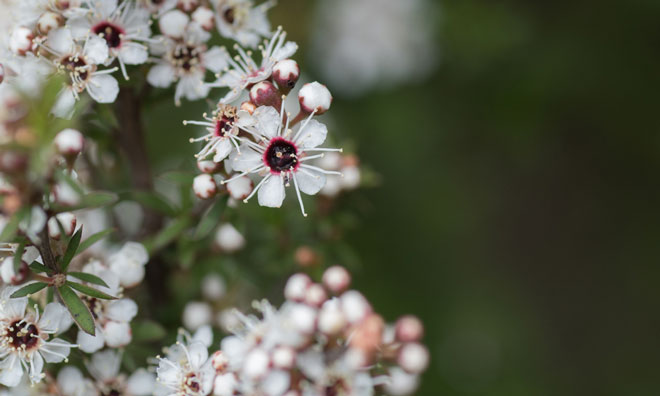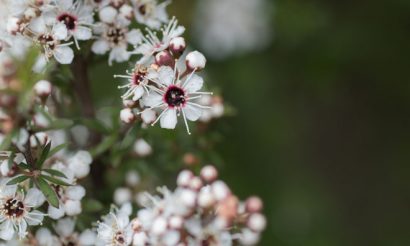Scientific breakthrough identifies genuine Mānuka honey
- Like
- Digg
- Del
- Tumblr
- VKontakte
- Buffer
- Love This
- Odnoklassniki
- Meneame
- Blogger
- Amazon
- Yahoo Mail
- Gmail
- AOL
- Newsvine
- HackerNews
- Evernote
- MySpace
- Mail.ru
- Viadeo
- Line
- Comments
- Yummly
- SMS
- Viber
- Telegram
- Subscribe
- Skype
- Facebook Messenger
- Kakao
- LiveJournal
- Yammer
- Edgar
- Fintel
- Mix
- Instapaper
- Copy Link
Posted: 24 January 2017 | New Food | No comments yet
Unique Manuka Factor Honey Association discovers unique signature compounds…


Unique Manuka Factor Honey Association discovers unique signature compounds…


The Unique Manuka Factor Honey Association (UMFHA), the independent industry body for Mānuka honey, today announced that it has validated a number of unique signature compounds found only in genuine Mānuka honey.
These findings are the result of over five years of scientific research with UK-based Fera Science and other international research contributors. The project was undertaken in response to reports questioning the integrity of some honey on the market labelled as manuka. Its popularity and limited availability has led to reports of more Mānuka honey being sold than is actually produced.
The research showed that over 200 signature compounds, in combination, are unique to authentic Mānuka honey.
Of the 200, a shortlist of compounds was identified that can be used to determine whether the honey is genuine Mānuka. At the top of that list is a compound called Leptosperin (LS), but a number of others were also confirmed, including Dihydroxyacetone (DHA) and Methylglyoxal (MG) that have been in use to support the UMF quality mark for some time. Leptosperin is stable over time, and is a ‘very complex’ compound meaning it is hard to synthetically manufacture and therefore only present in genuine Mānuka honey. The UMF quality mark can only be applied to genuine manuka honey meeting the UMFHA specification for these signature compounds.
“Only a third (37%) of UK consumers are aware of the authenticity problem…”
Fera Science Biochemist and Head of the Food Quality and Safety Programme, Dr Adrian Charlton says: “We have been working with the UMFHA for over five years now and are proud to say that, as part of the Mānuka ID project, unique signature compounds have been identified that allow us to test and verify the authenticity of Mānuka honey.”
Only a third (37%) of UK consumers are aware of the authenticity problem associated with some so-called Mānuka honey, of which 27% think they can identify manuka honey by its taste.
Leading UK nutritionist, Amanda Ursell says Mānuka honey is a rare and special type of honey that is unique to New Zealand. “It frustrates me to see people consuming some product that claims to be genuine Mānuka honey when, in fact, it is no different to the regular honey sitting next to it on the shelf. There is so much confusion out there which is why the most important thing people can do is look for the UMF quality mark. By doing so, they can be assured of the authenticity and quality of the product.”
Mānuka honey can only bear the UMF quality mark once it has been tested by a designated laboratory…
Mānuka honey comes exclusively from the nectar of the flower of the Mānuka bush (Leptospermum scoparium). The bush is native to New Zealand and has long been known for its unique properties. Australian grown Jelly Bush (Leptospermum polygalifolium) and Tea Tree honey is often being sold incorrectly labelled as Mānuka, potentially misleading consumers when it comes to identifying the genuine product.
Mānuka honey can only bear the UMF quality mark once it has been tested by a designated laboratory and has the required natural chemical markers to confirm it is authentic, unadulterated Mānuka honey from New Zealand.
Spokesperson for UMFHA, John Rawcliffe, commented that this project is part of an ongoing programme to deliver consumer confidence in the extraordinary honey. Our philosophy has been to ‘follow the science’, and work with international expertise to continuously enhance the integrity of the UMF quality mark”.









